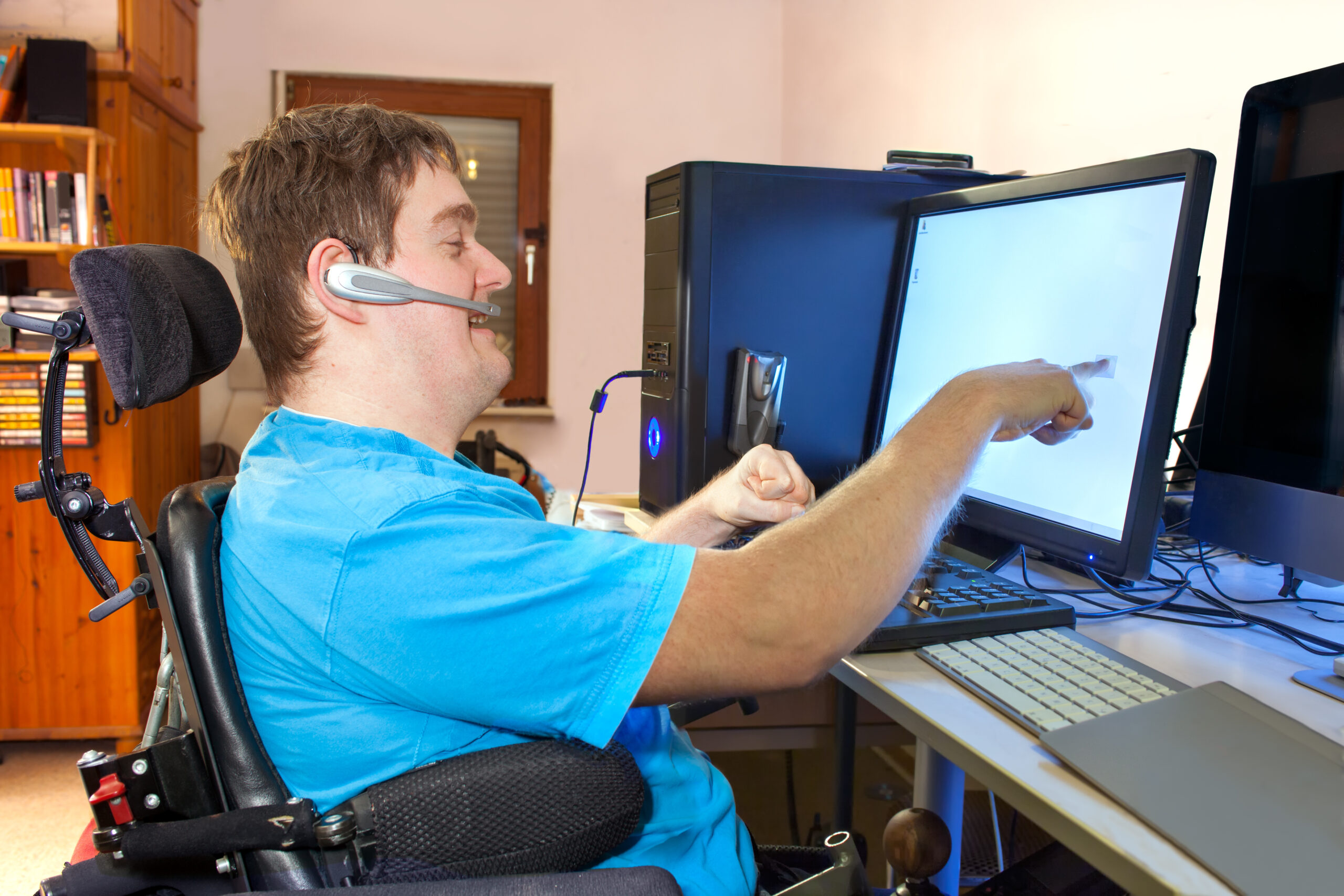In Speech Pathology Week 2018, we call for greater action towards national communication accessibility. This is the message we send with this year’s theme: Communication Access Is Communication for all.
Like mobility or wheelchair access, communication access is enabling people with communication disorders to get their message across by removing barriers to effective communication, or providing extra support and strategies. Communication access is vital to enable everyone to participate fully in the social, educational, economic and sporting aspects of community life.
Communication, by definition, involves at least two people. People with communication difficulties often experience communication barriers to their full participation in community life. This may lead to social and emotion isolation.
There are 1.2 million Australians with a communication disability. Ensuring communication accessibility for these Australians means they are treated with dignity and respect.
People with communication difficulties communicate with others using a variety of means, including word-based or picture-based communication boards or books, sign and gesture, and spelling. Technology plays a growing and vital role in keeping Australians with communication difficulties engaged with their family, friends, and community.
Assistive technology such as electronic communication and speech generating devices, voice amplification and computer access aids (including eye-gaze mouse control and head tracking devices) allow people with communication difficulties to communicate with those around them.
Information from the Australian Bureau of Statistics (ABS) indicates that some 235,000 people with a disability use electronic or non-electronic communication aids for reading, writing and speaking (this does not include hearing aids).



